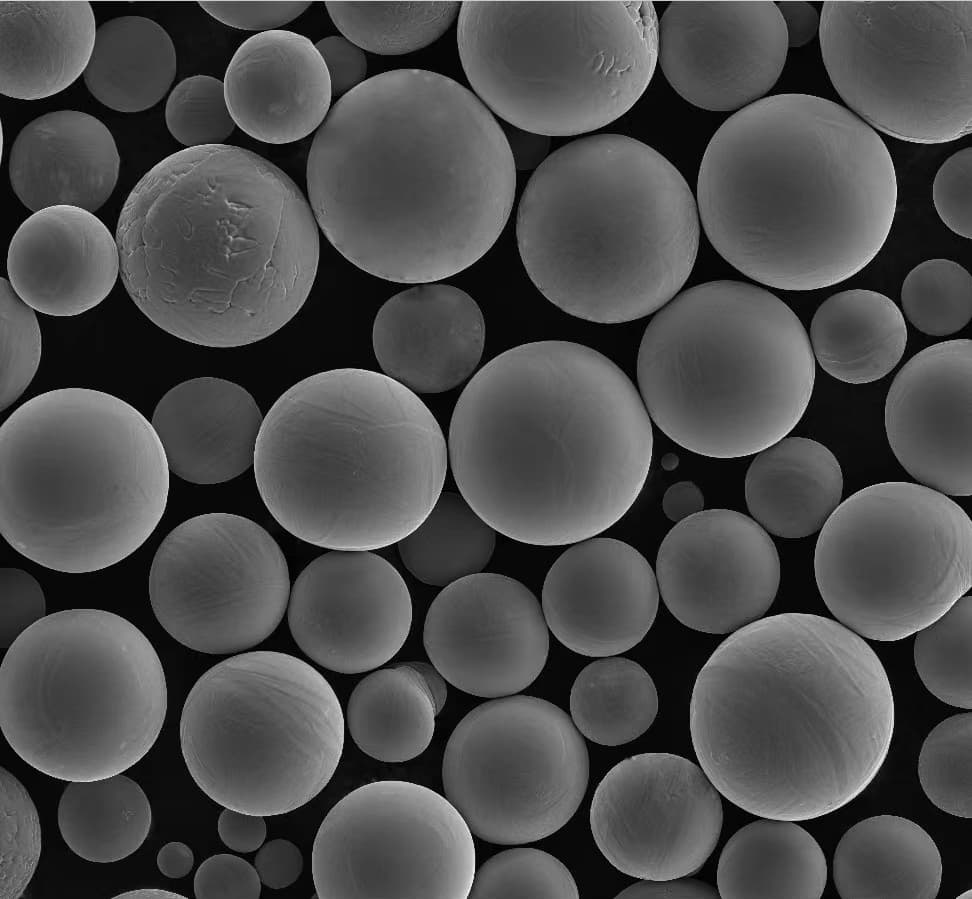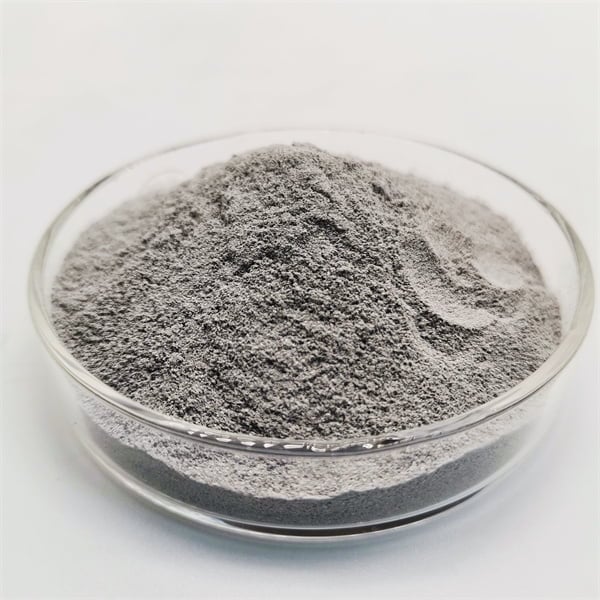The working principle of 3D printers
Table of Contents
Imagine a world where your imagination is the only limit to what you can create. Where physical objects can be conjured from thin air, layer by layer, based on your digital designs. This isn’t science fiction; it’s the reality of 3D printing, a revolutionary technology that’s transforming countless industries. But how exactly do these machines weave their magic? Buckle up, because we’re about to dive deep into the fascinating working principle of 3D printers.

From Pixels to Plastic: The 3D Printing Journey
Prepare a 3D Model: The journey begins with a digital blueprint. This can be created using 3D modeling software, which allows you to sculpt virtual objects on your computer screen. Think of it as digital sculpting, where you manipulate points in 3D space to define the shape and size of your creation. There are numerous software options available, catering to both beginners and experienced designers.
Convert 3D Models to Slices: Once you have your masterpiece in digital form, it’s time to prepare it for printing. Imagine a loaf of bread being sliced horizontally. In 3D printing, your model undergoes a similar process, but virtually. Special software called a slicer takes your 3D model and meticulously chops it into hundreds, or even thousands, of incredibly thin horizontal slices. Each slice represents a layer that the 3D printer will build upon, one by one. The slicer also defines parameters like printing speed, temperature, and infill density (how solid the printed object will be).
Send Slice Information to 3D Printer: With your model sliced and diced digitally, it’s time to send the instructions to the 3D printer. This is typically done by saving the sliced file format (often STL or G-code) on a storage device like an SD card, which then gets plugged into the printer. Alternatively, some printers offer wireless connectivity, allowing you to transmit the file directly from your computer.
Print 3D Objects: Here’s where the real magic happens! The 3D printer receives the slice information and gets to work. Depending on the printing technology used (we’ll discuss these in detail later), the printer will either melt filament, cure liquid resin, or selectively bind powder particles together. This process starts from the bottom layer and meticulously builds each layer on top of the previous one, following the instructions from the sliced file. As each layer solidifies, the object gradually takes shape, layer by layer, transforming your digital design into a tangible reality.
The Final Touch: Once the printing process is complete, you might need to remove support structures (temporary features added during printing for stability) and perform some post-processing like sanding or polishing to achieve the desired finish. But voila! You’ve just brought your concept to life through the marvel of 3D printing.
A Universe of Technologies: Unveiling the Different Printing Methods
While the core concept of building objects layer by layer remains constant, the world of 3D printing encompasses a diverse range of technologies, each with its own advantages and applications. Let’s explore some of the most popular ones:
- Fused Deposition Modeling (FDM): This is arguably the most common and user-friendly 3D printing technology. It works by extruding a thin filament of molten plastic (usually PLA or ABS) through a heated nozzle, depositing it layer by layer to build the object. Think of it like a hot glue gun meticulously drawing your design in 3D space. FDM printers are generally more affordable and offer a wide variety of materials, making them ideal for hobbyists, prototyping, and creating functional parts.
- Stereolithography (SLA): This technology utilizes a vat of liquid resin that hardens when exposed to a laser beam. The laser, guided by the sliced model data, selectively cures the resin layer by layer, solidifying the desired shape. SLA printers are known for their exceptional detail and smooth surface finish, making them perfect for creating intricate jewelry, dental models, and high-precision prototypes. However, they tend to be more expensive compared to FDM printers and often use specialized resins.
- Selective Laser Sintering (SLS): This method utilizes a bed of fine powder particles (usually nylon or plastic) that are selectively fused together using a high-powered laser. Similar to SLA, the laser follows the sliced data, sintering (bonding) the powder particles layer by layer to create the object. SLS is renowned for its ability to produce strong, functional parts and is widely used in industries like aerospace and automotive for prototyping and end-use applications.
- Digital Light Processing (DLP): This technology is similar to SLA but uses a digital projector instead of a laser to cure a vat of liquid resin. The projector displays a single image of each layer at a time, solidifying the entire layer simultaneously. DLP printers are known for their faster printing speeds compared to SLA due to the ability to cure entire layers at once. However, the resolution might be slightly lower compared to laser-based SLA printers. DLP finds applications in creating jewelry, dental molds, and functional prototypes requiring a balance between speed and detail.
- Metal 3D Printing: This category encompasses various technologies that utilize lasers or electron beams to melt metal powder particles layer by layer, building a solid metal object. Selective Laser Melting (SLM) and Electron Beam Melting (EBM) are two prominent methods. Metal 3D printing allows for the creation of complex, high-strength metal parts that were previously difficult or impossible to manufacture using traditional techniques. However, these printers are significantly more expensive compared to their plastic counterparts and require a high level of expertise to operate. Applications include creating prototypes for aerospace components, medical implants, and complex tooling.
Choosing the Right Tool for the Job: With such a diverse range of printing technologies available, selecting the right one for your project depends on several factors. Here’s a breakdown to help you navigate the options:
- Material: Consider the desired material properties for your object. FDM offers a wide range of plastics with varying strengths and functionalities, while SLA excels in high-resolution resins. SLS and metal printing cater to projects requiring robust and durable parts.
- Complexity: For intricate details and smooth finishes, SLA and DLP might be better choices. FDM can achieve good detail but might require post-processing for a very smooth finish. Metal printing offers a balance of complexity and strength, but intricate details might come at a premium.
- Cost: FDM printers are generally the most affordable option, followed by SLA and DLP. Metal printing is the most expensive due to the high cost of materials and machines.
- Print Speed: FDM and DLP offer faster printing times compared to SLA and metal printing, which involve more precise curing or melting processes.

The Future of 3D Printer: A World of Possibilities
3D printing is a rapidly evolving technology with immense potential to revolutionize various industries. Here’s a glimpse into some exciting advancements on the horizon:
- Bioprinting: This emerging field focuses on 3D printing living tissues and organs using biocompatible materials and cells. The potential applications in regenerative medicine and drug discovery are truly groundbreaking.
- Multi-material Printing: Imagine 3D printing an object with different materials within the same build. This technology is under development and holds promise for creating objects with combined properties, like a prosthetic hand with soft, flexible fingers and a rigid, strong palm.
- 4D Printing: This next-level concept involves 3D printed objects that can transform or respond to external stimuli like temperature or pressure. Imagine a self-assembling chair or a medical implant that adapts to the body as it heals.
FAQ
| Question | Answer |
|---|---|
| What are some advantages of 3D printing? | 3D printing offers several advantages over traditional manufacturing methods. It allows for rapid prototyping, enabling designers to iterate quickly and test their ideas. It also enables the creation of complex geometries and customized designs that might be difficult or impossible with traditional techniques. Additionally, 3D printing can reduce waste and minimize material usage. |
| What are some limitations of 3D printing? | While 3D printing is constantly evolving, there are still some limitations. Printing times can vary depending on the size and complexity of the object. The available range of materials, especially for high-strength applications, might be limited compared to traditional manufacturing. Additionally, the initial cost of 3D printers can be high, although it’s becoming more affordable with time. |
| What are some safety considerations for 3D printing? | Some 3D printing processes, particularly those involving high temperatures or fumes, require proper ventilation to avoid inhaling harmful particles. It’s also important to handle hot printing beds and tools with care to avoid burns. Additionally, using appropriate personal protective equipment (PPE) when necessary is recommended. |
| How can I get started with 3D printing? | There are several ways to get started with 3D printing. You can purchase your own 3D printer, with a wide range of options available for different budgets and skill levels. Alternatively, many libraries, makerspaces, and educational institutions offer 3D printing services or workshops. There are also online communities and forums where you can learn from experienced 3D printing enthusiasts. |
Share On
MET3DP Technology Co., LTD is a leading provider of additive manufacturing solutions headquartered in Qingdao, China. Our company specializes in 3D printing equipment and high-performance metal powders for industrial applications.
Inquiry to get best price and customized Solution for your business!
Related Articles
About Met3DP
Recent Update
Our Product
CONTACT US
Any questions? Send us message now! We’ll serve your request with a whole team after receiving your message.

Metal Powders for 3D Printing and Additive Manufacturing
COMPANY
PRODUCT
cONTACT INFO
- Qingdao City, Shandong, China
- [email protected]
- [email protected]
- +86 19116340731

















